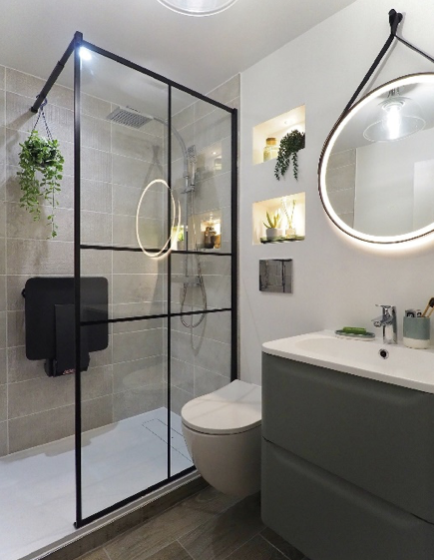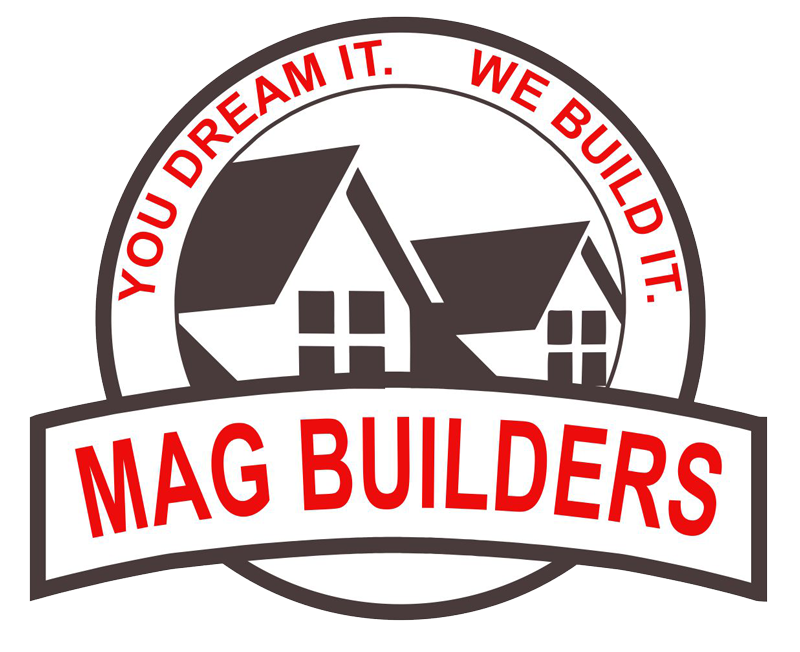August 20, 2025
The kitchen isn't just a place to cook; it's the heart of the home. It's where families gather, friends laugh, and memories are made. If your kitchen is feeling a bit outdated or just doesn't work for your lifestyle anymore, a remodel might be just what you need to fall in love with your home all over again. But let's be honest: a kitchen remodel can feel overwhelming. Where do you even begin? We've put together a guide to help you navigate the process, from initial inspiration to the final finishing touches. 1. The Planning Phase: Dream Big, Think Practical Before you lift a single hammer, it's crucial to have a clear plan. This is your chance to dream big, but also to think practically about your needs and budget. · Define Your "Why": Why are you remodeling? Is it to increase functionality? To update the style? To boost your home's value? Knowing your primary goal will help you make decisions along the way. · Establish a Budget: This is the most important step. Be realistic about what you can spend and remember to set aside a contingency fund (typically 10-15% of your total budget) for unexpected issues. · Create a Wishlist: Think about what you love and hate about your current kitchen. Do you need more counter space? A bigger pantry? An island for casual dining? This list will be your guide when selecting materials and appliances. · Gather Inspiration: Start a Pinterest board, clip photos from magazines, or save ideas from Instagram. This will help you identify the styles, colors, and layouts that appeal to you. 2. Layout & Design: Form Meets Function (That’s where we come in!) The layout of your kitchen dictates its flow and functionality. This is a great time to work with a professional designer, but here are some key considerations: · The Work Triangle: The classic "kitchen triangle" connects the three main work areas: the sink, the stove, and the refrigerator. Ensuring a clear path between these three points is key to an efficient kitchen. · Zoning: Consider creating "zones" for different activities. For example, a baking zone with a mixer and storage, a coffee station, or a designated area for preparing vegetables. · Lighting: Don't underestimate the power of good lighting. A mix of ambient (overhead), task (under-cabinet), and accent lighting can transform the look and feel of your space. · Storage Solutions: Think beyond basic cabinets. Consider pull-out drawers, lazy susans, vertical pan dividers, and a pull-out spice rack. Smart storage is the key to a clutter-free kitchen. 3. Making the Selections: Cabinets, Countertops, and More Now for the fun part: picking out the materials! This is where your personal style really shines. · Cabinets: Cabinets are a major part of your kitchen's look and budget. Options range from custom-made to semi-custom and stock cabinets. Think about the material, finish, and door style (e.g., Shaker, flat-panel, or raised panel). · Countertops: Popular choices include quartz (durable and low-maintenance), granite (classic and heat-resistant), and butcher block (warm and natural). Consider your lifestyle and how you'll use the counters when making your choice. · Backsplash: The backsplash is a great way to add a pop of color, texture, or pattern. Tile is a popular option, but you can also use stone, brick, or even a solid slab that matches your countertop. · Appliances: This is where you can invest in the heart of your cooking. Think about the size and features you need for your stove, oven, refrigerator, and dishwasher. Stainless steel is a timeless choice, but black stainless and custom panels are also popular. 4. The Construction Phase: Expect the Unexpected Once the planning is done, the actual remodel can begin. Be prepared for some dust and disruption. This is a good time to set up a temporary kitchen in another room of your house with a microwave, toaster oven, and mini-fridge. · Hire a Reputable Contractor: Do your research and get multiple bids. Check references and make sure they are licensed and insured. A good contractor will keep you informed and on schedule. · Communicate Clearly: Stay in close communication with your contractor. Ask questions, address concerns, and make sure everyone is on the same page. The Final Result: A Kitchen You'll Love After the dust settles and the final touches are in place, you'll have a brand new kitchen that's not only beautiful but also perfectly suited to your life. Take a moment to step back and admire your hard work—and then invite everyone over to enjoy it with you. A kitchen remodel is a significant investment, but the return on that investment—in both home value and quality of life—is immeasurable. Happy remodeling!

